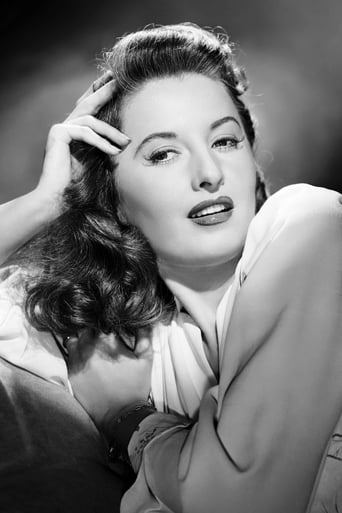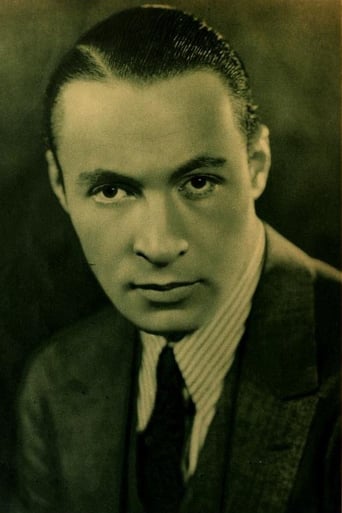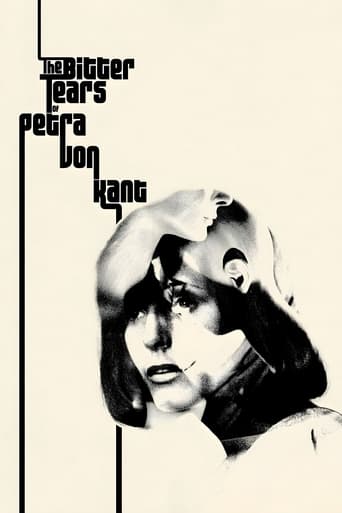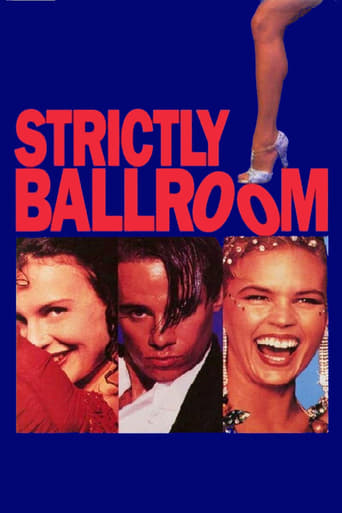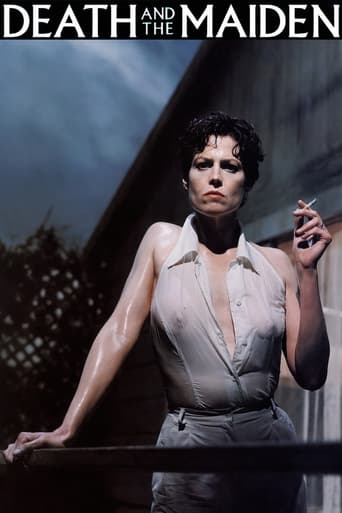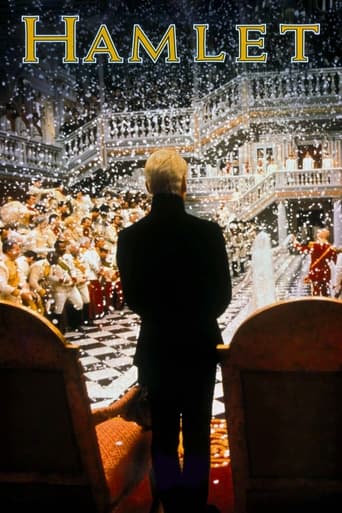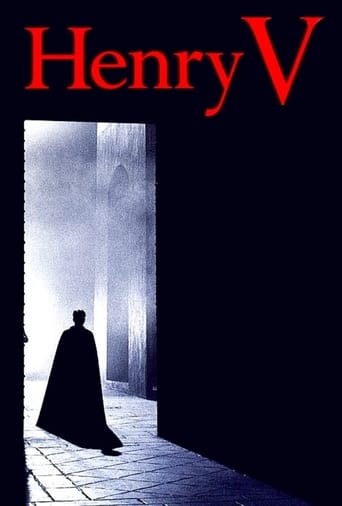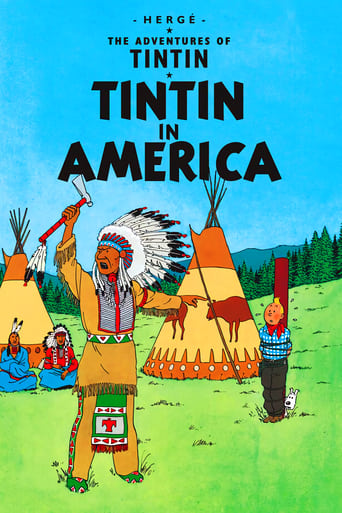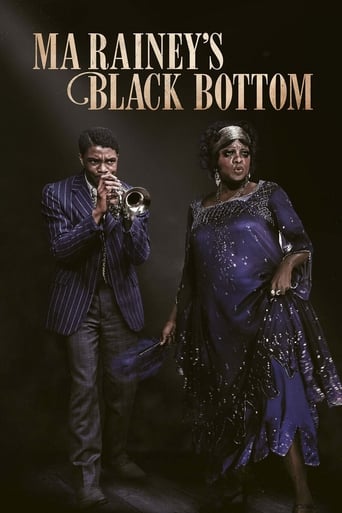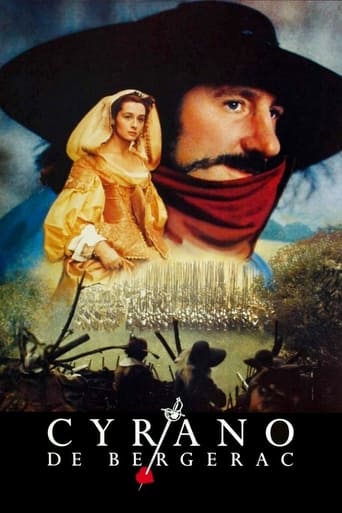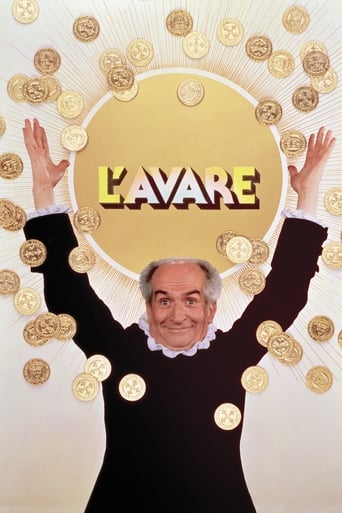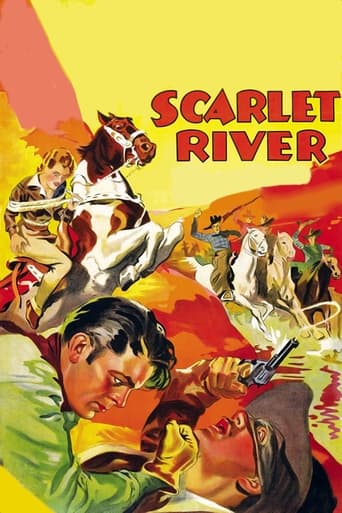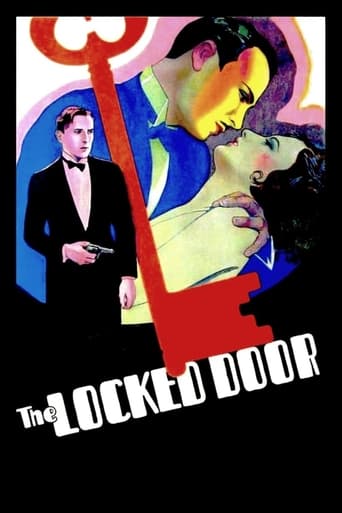
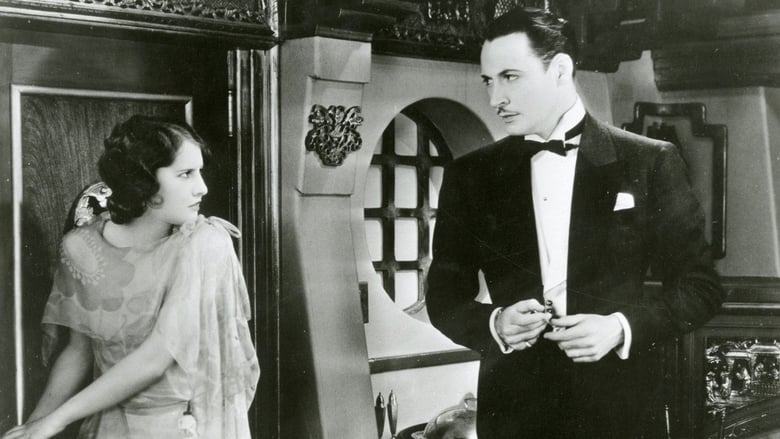
The Locked Door (1929)
On her first anniversary, Ann Reagan finds that her sister-in-law is involved with a shady character that she used to be intimate with, and determines to intervene.
Watch Trailer
Cast


Similar titles
Reviews
Copyright 29 October 1929 by Feature Productions. Released through United Artists: 16 November 1929. New York opening at the Rialto: 19 January 1930. 8 reels. 6,844 feet. 76 minutes.SYNOPSIS: When a notorious cad (La Rocque) attempts to seduce the hero's (William Boyd's) young sister (Betty Bronson), the hero's wife (Stanwyck) decides to take matters into her own hands. NOTES: A re-make of the 1921 Norma Talmadge vehicle, The Sign on the Door. Lew Cody played the villain. Herbert Brenon directed. Pollock's play opened at the Republic, Broadway, 19 December 1919, and ran 187 performances. Mary Ryan, Lowell Sherman and Lee Baker starred. COMMENT: In her first talkie (and second movie) feisty Barbara Stanwyck expertly handles the sort of role she would continue to play for the rest of her career. With the exception of ZaSu Pitts (in a small role here), her co-players were not so fortunate. Why? From this evidence they just weren't sufficiently talented. Admittedly, our heroine has the best of the action (the scene in which she wanders distraught around the darkened stage is a knock-out), but with two or three exceptions (George Bunny is particularly effective), the other players are neither competent nor confident. Fitzmaurice's direction relies solidly on the techniques of a photographed play.
Don't be taken in by the rollicking opening sequence full of sweeping pans and tracks and hard-boiled dialogue set in an offshore speakeasy; the remaining hour (with one exception, which I shall come to) is strictly canned theatre. Based on Channing Pollock's 1919 Broadway play 'The Sign on the Door', already filmed with Norma Talmadge under its original title in 1921 (a print of which happily survives in the Library of Congress), there are actually two locked doors in this production, both of them central to the plot.Locked door number one is on board the boat when slimy lounge lizard Frank Devereaux (Rod la Rocque) pockets the key to the door of the cabin he has taken Ann Carter (Barbara Stanwyck) downstairs to for lunch all the better to force his attentions upon her when it's time for desert. Locked door number two prevents Ann from making a discreet exit from the hotel room where she sees Devereaux deservedly shot 18 months later; and it's at this point that the need on her part to improvise a plausible explanation for her presence there alone with Devereaux's body brings the film briefly to life.The settings are handsomely designed by William Cameron Menzies, but after the opening sequence cameraman Ray June's only other opportunity to add a little atmosphere to the proceedings comes with the noirish lighting of the darkened apartment after Devereaux's shooting. And when the lights go back on and the talk resumes, the interest dissipates again.This film is only remembered today as the talkie debut of the great Barbara Stanwyck; but for devotees of silent cinema there is also the bonus of Mack Swain and Zazu Pitts as the manager and telephonist of the hotel where the final leg of the film takes place. Harry Stubbs' amusing turn as the obtrusive waiter on the boat, however, has been surprisingly little remarked upon by previous reviewers, particularly considering the revelation about his character that comes late in the film, which probably worked better on stage than here under director George Fitzmaurice's pedestrian guidance.
Someone referred to this as "stagy," and was more correct than perhaps he knew: "The Locked Door" was originally a stage play, and this movie was an adaptation, a good one in my opinion.C. Gardner Sullivan had been writing scenarios and inter-titles since at least 1912, and is honored among aficionados who know his work from those earliest years of motion pictures. The four top-billed players were also veterans, except for Barbara Stanwyck who has only one previous credit.Rod La Rocque had been in movies since at least 1914, and put in 12 more years.Betty Bronson became a huge star with her seventh role, Peter Pan in the movie of that name, and reportedly was chosen for the part by James M. Barrie, the author, himself.William Boyd, known here at IMDb as "William 'Stage' Boyd," is the primary reason the Screen Actors Guild usually forbids a member having the same name as another, Harrison Ford being the only exception that comes immediately to my mind.This particular Boyd was busted on something shameful and the picture of "the other" William Boyd, who later became very famous as Hopalong Cassidy, was published in a newspaper, almost destroying his career.In this cast there are lots of "withs" who help make this a very good movie, including Mack Swain and Zasu Pitts.The story is not really a mystery, at least not to us, because we see everything that happens, but it is a drama, with conflict and character change.I'm reminded of the aphorism that people in small towns buy their local paper not to see who did what, because everyone knows, but to see who gets blamed.That's the premise of this story, and it's well done, plausible by the standards of its time.There is also a good point for modern society: Laws against consensual acts, such as gambling or ingestion of certain substances, in this case, alcohol, cause more problems than they solve."The Locked Door" is good cinema, especially for anyone who wants to watch the evolution of the art.
George Fitzmaurice was one of the great commercial stylists among directors in the 1920s. He suffered an eclipse in the early talkie era but was fighting his way back into the majors when he died in 1940.This means, of course, there are a lot of problems with this movie. The screen actors don't know how to do dialogue and most of the stage actors don't know how to turn down their performances for the intimacy of the movie camera. Barbara Stanwyck, looking very fresh-faced, is very loud in her line readings. She knows how to show her emotions beautifully already, though.But producer Joe Schenck didn't spare any expense behind the camera, and it shows. Avant-garde cameraman Ray June handles the camera impeccably. While other directors were having their cameramen use cuts to change subjects, Fitzmaurice has June move the camera. Notice the long tracking shot at the bar in the opening sequence and the MOS shots used to fill out the sequence.The camera-work is not fluid. It is, frankly, fairly clunky, but it is light years ahead of anyone else in the business in 1929, except possibly Mamoulian's APPLAUSE.So while their are a lot of problems with this movie, the camera-work makes this one very superior for 1929 and Barbara Stanwyck makes it worth looking at.


